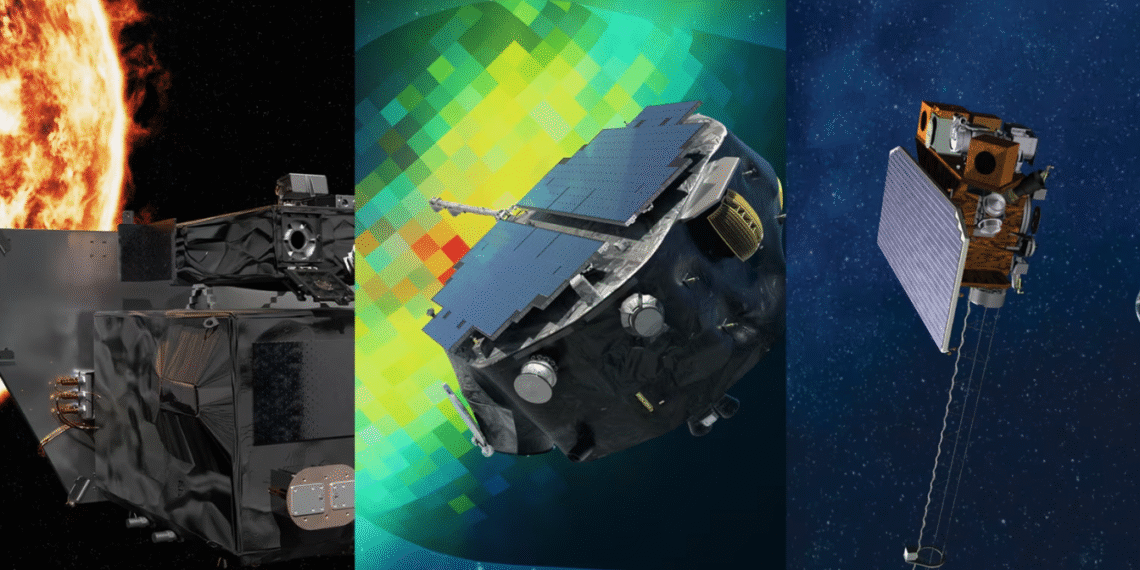Our Invisible Shield in Space
Imagine a giant bubble that surrounds our entire solar system — that’s the heliosphere. It’s created by a constant stream of particles, called the solar wind, that flow out from the Sun. As this wind pushes outward, it drags along magnetic fields and carves out a protective boundary through the galaxy.
Inside this bubble, planets like Earth are shielded from many of the most harmful cosmic rays and interstellar particles. Outside, the wildness of space looms. Think of the heliosphere as our cosmic safety net.
What We Already Know — and What Still Puzzles Scientists
We have some good tools that show us parts of this boundary. Missions like IBEX (Interstellar Boundary Explorer) have helped us map where the solar wind meets the interstellar medium by detecting special particles called energetic neutral atoms. These particles act like messengers, carrying information about what’s happening far beyond where planets orbit.
Even with this, many questions remain. What exactly shapes the heliosphere’s edge? How does it change over time when the Sun is more active or calm? What role do “pickup ions” (particles picked up from interstellar space) play in shaping the dynamics of this magnetic bubble?

Enter IMAP — A Mission Designed to Unravel the Complexities
NASA’s new mission, called IMAP (Interstellar Mapping and Acceleration Probe), is set to launch soon to give us a clearer picture than ever before. IMAP will sit at a special spot in space between the Earth and the Sun where gravity balances out (called L1). From there it can watch both the solar wind and particles coming in from beyond our solar bubble.
IMAP has advanced instruments to detect those energetic neutral atoms and map the boundaries of the heliosphere with much greater detail. It will help scientists see how the heliosphere grows, shrinks, or warps in response to the Sun’s moods. It will also provide data useful for protecting astronauts and satellites — because when solar storms break through, the effects can ripple out.
Why It Matters to Us
This isn’t just space science for science’s sake. Understanding the heliosphere helps us predict space weather — bursts of particles or radiation from the Sun that can damage satellites, interfere with GPS and radio communications, and even threaten astronauts on deep space missions.
It also gives insight into what makes planets like Earth habitable. Planets without a strong heliosphere or without strong magnetic shields might get bombarded with more cosmic rays — which could affect atmospheres, life, and climate.
What to Watch for in the Coming Years
With IMAP turning on its instruments, we expect new maps of the heliosphere’s boundary, glimpses of how particles are accelerated in space, and a better sense of how this bubble protects us. There’s also interest in how the heliosphere interacts with nearby interstellar space — what’s happening “on the outside” can influence us “on the inside.”
If IMAP delivers, it could shift what we thought we knew about our solar neighborhood and help set the stage for future missions that go even farther into interstellar space.
















